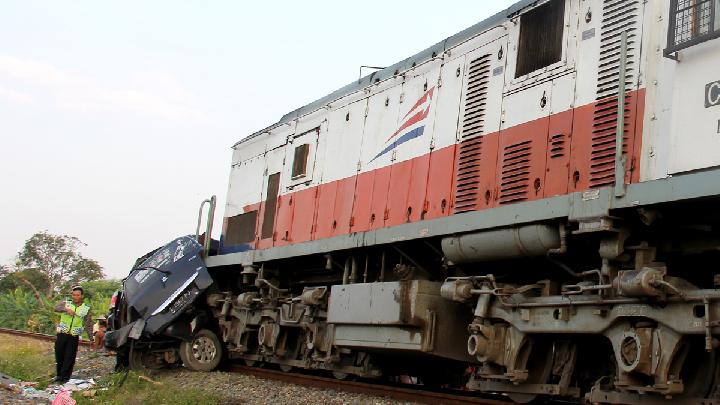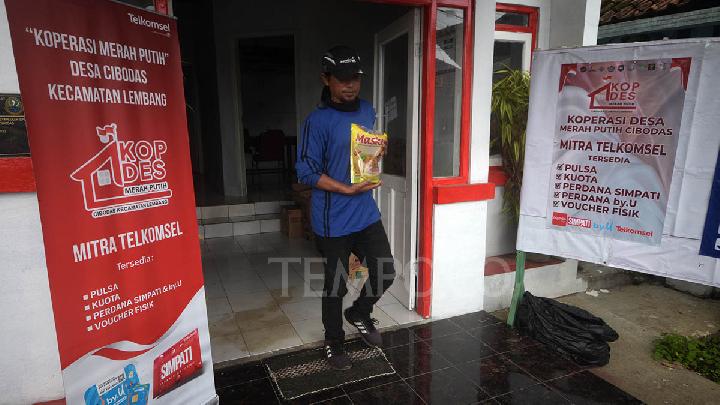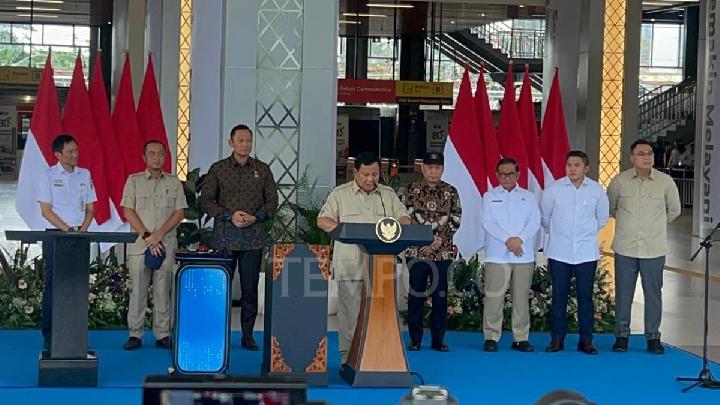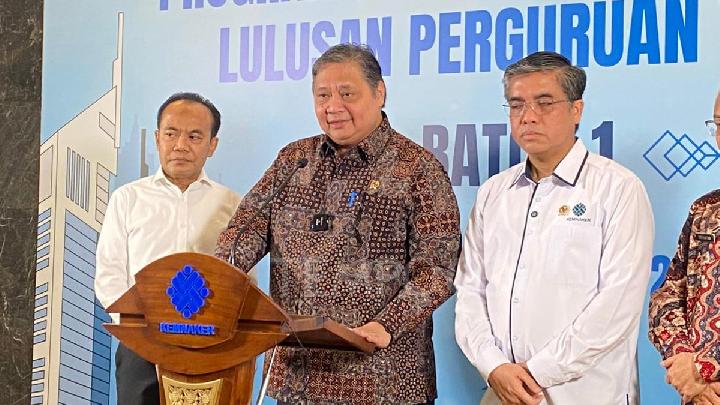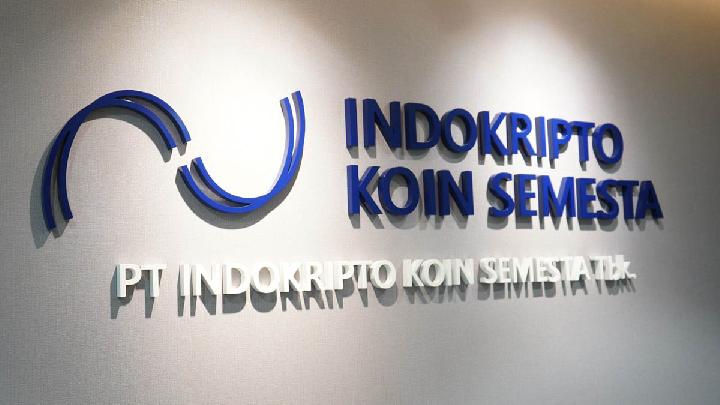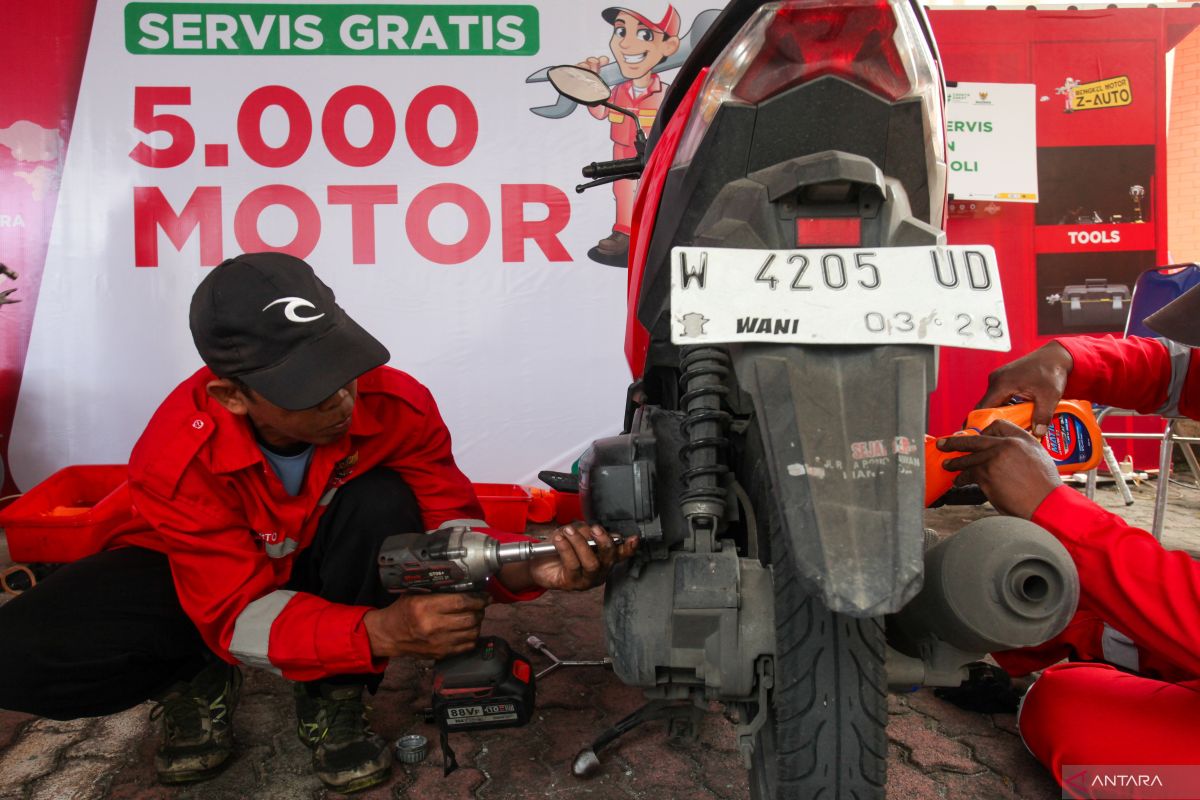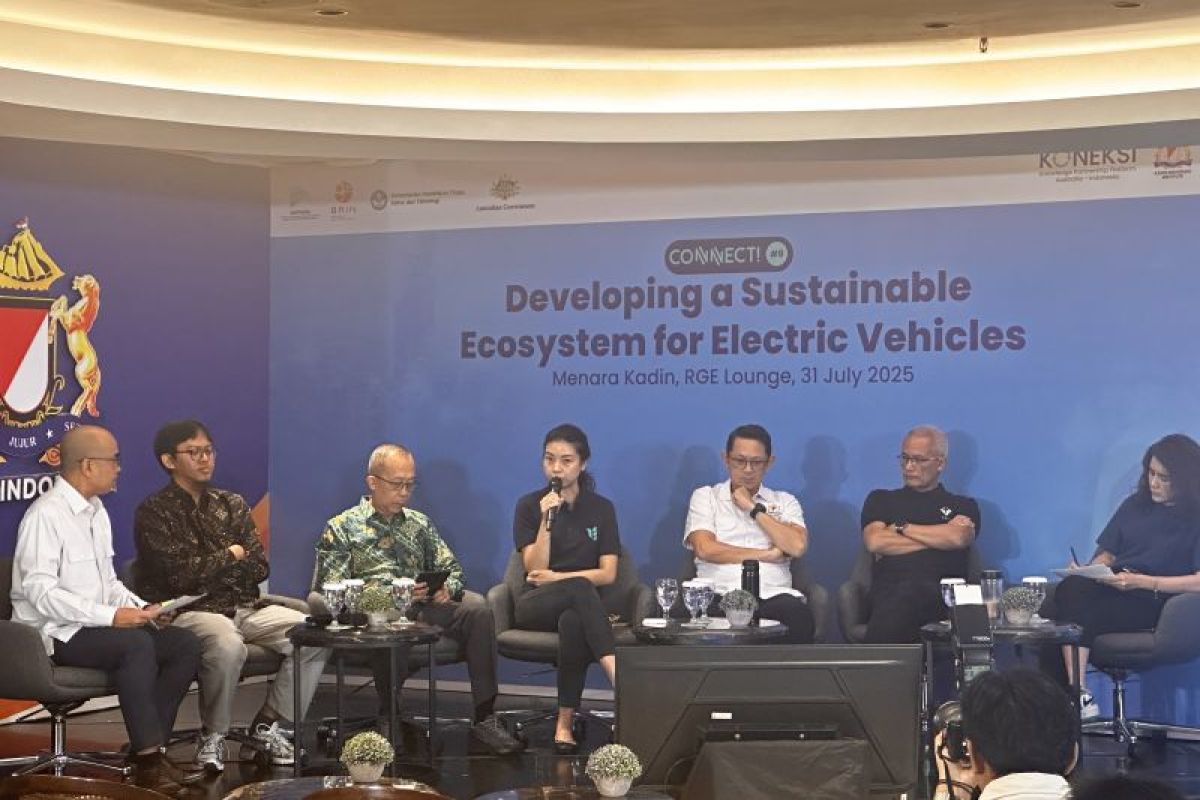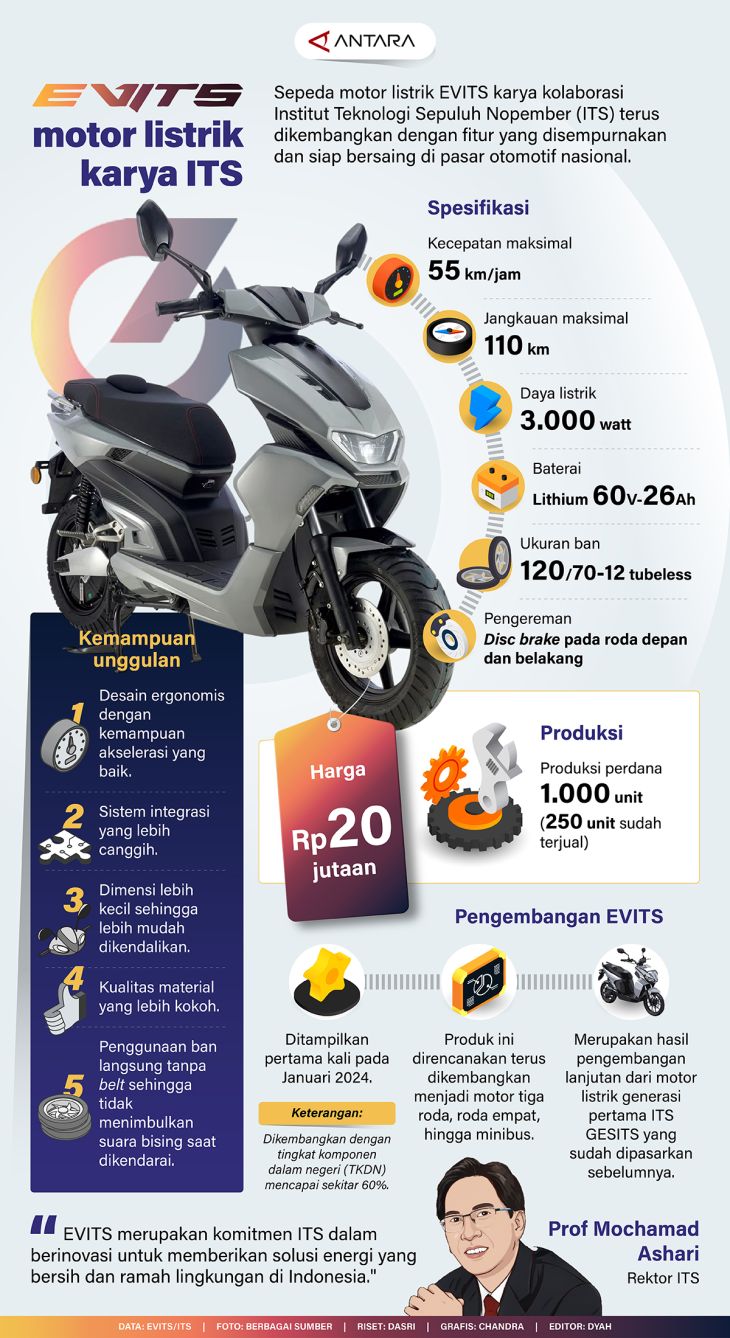November 4, 2025 | 08:35 am

TEMPO.CO, Jakarta - Managing Director Investment of Danantara Indonesia, Stefanus Ade Hadiwidjaja, stated that the waste to energy project is estimated to be able to absorb thousands of workers in a single project. The absorbed workforce can include those directly involved in the construction as well as those who are not.
"It could be 2,000 to 3,000 people during the construction period, whether directly or indirectly," he said when met at Danantara Indonesia on Monday, November 3, 2025.
In this project, an Environmentally Friendly Waste Processing Technology-Based Electricity (PSEL) facility will be built in seven agglomeration areas. The areas deemed ready have received recommendations from the Ministry of Environment because they have met several requirements, including the availability of land by the local government, waste transportation costs, and administrative matters.
Stefanus mentioned that the number of workers is likely to decrease once the construction process of PSEL is completed. However, there will be hundreds of people who will remain for the operational sustainability.
"Hundreds of people, whether directly or indirectly, will be involved in the implementation for the next 30 years, starting from a single point," he said.
The construction of PSEL is seen as a necessity to reduce the amount of waste generated in Indonesia, which is more than 55 million tons per year. One PSEL is estimated to help reduce waste generation by 1,000 tons per day.
This project requires funding of Rp2.5 trillion to Rp3 trillion for one facility. The resulting electricity will be sold to PT Perusahaan Listrik Negara/PLN (Persero) at a price of US$0.20 per kWh.
Chief Investment Officer (CIO) of BPI Danantara Indonesia, Pandu Sjahrir, stated that this project must consider commercial and economic returns. The commercial return must not be below the cost of capital and should not cause losses to the private sector involved in this project.
"The economic return is good from the perspective of environmental issues, job creation, and so on," said Pandu on the same occasion.
Editor's Choice: Over 200 Investors Keen to Invest in Indonesia's Waste-to-Energy Project
Click here to get the latest news updates from Tempo on Google News
Danantara Indonesia Seeks Stake in Waste-to-Energy Project
14 jam lalu
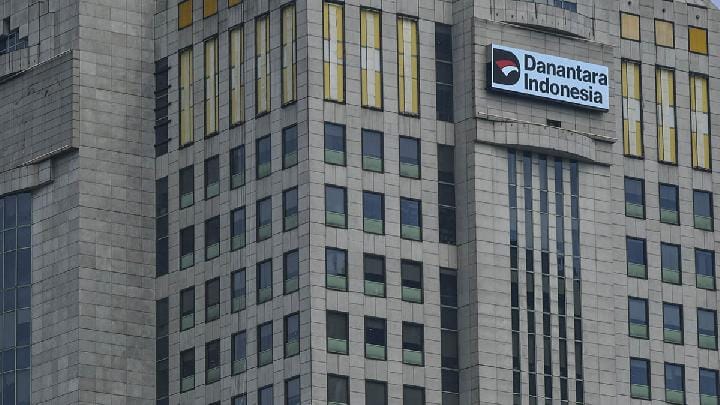
Danantara determined that ownership considers the economic opportunities resulting from selling electrical energy from the waste processing project.
107 Nickel Workers Killed in Workplace Accidents Since 2019, Says Indonesia's Manpower Ministry
16 jam lalu

The main cause of workplace accidents in the nickel industry is the lack of proper operational health and safety procedures.
Danantara Proposes Jakarta Acquire Private Land for Waste to Energy Processing Site
17 jam lalu

The Jakarta Provincial Government faces challenges due to limited land availability for the Waste to Energy Processing (PSEL) site.
Residents to Protest Rorotan RDF Facility in Jakarta Over Odor, Pollution
17 jam lalu

The trial process of Rorotan RDF has been ongoing since October 1, 2025.
Danantara Indonesia Plans to Consolidate State-Owned Enterprises
2 hari lalu

Previously, Prabowo asked Danantara to reduce the number of state-owned enterprises from approximately 1,000 to between 200 and 240.
Danantara Indonesia Partners with South Korean Firms to Cut Plasma Imports
2 hari lalu

Danantara Indonesia and SK Plasma will improve PODP's local manufacturing and production capabilities.
Garuda Indonesia's Loss Swells to Rp3 Trillion by Q3 2025
3 hari lalu

Garuda Indonesia reported total business revenue of US$2.3 billion or Rp38.3 trillion, a decline from Rp41.6 trillion in the same period last year.
Luhut Claims Whoosh Can Now Cover Operating Costs
3 hari lalu

The National Economic Council Chair said the Jakarta-Bandung high-speed train or Whoosh has a significant economic impact on the region it serves.
Vale Indonesia Posts Rp886.3 Billion Profit in Q3 2025
4 hari lalu

In September, Vale announced that Danantara expressed interest in investing in three of the company's nickel processing facility projects.
Why Does Ocean Plastic Take Decades to Break Down? Scientists Explain
5 hari lalu

Contrary to common belief, most large ocean plastics degrade very slowly at the surface, with about 10 percent still afloat even after a century.

